In June 2023, London Business Conferences held a multi-day conference and Elizabeth Line Old Oak Common depot visit: ‘Rolling Stock Maintenance and Depot Innovation’. Now in its eleventh year, Rail Engineer previously covered this event in 2015, 2016, 2018 and 2019 (Issues 136, 148, 171, and 181). After more than 10,000 words, what’s left to say? Quite a lot, actually.
Issue 136 described many operators using Remote Condition Monitoring (RCM) and a few pioneers making baby steps in Condition-Based Maintenance (CBM). Roll forward to 2023, and there was a consensus that RCM has come of age and CBM has, perhaps, progressed to toddler status. Many presenters, referring to data lakes, implied being overwhelmed by with data and struggling to gain useful insights. Some were taking baby steps with machine learning and Artificial Intelligence (AI). This article covers the highlights.
Railways are still struggling to recover their pre-Covid revenue and often cannot reduce services whilst under pressure to cut cost. This was emphasised by Ian Rawlings, TfL’s head of vehicles engineering. Ian explained that, in London, there’s now far less travel for work purposes whilst leisure travel is exceeding pre-Covid levels especially at weekends. He said that the Elizabeth line is performing ahead of expectations and has drawn traffic from, especially, the Central and Jubilee lines. Ian cited different thinking represented by the recent trial of a midweek engineering closure on the UK East Coast Main Line, leading him to wonder whether TfL could, perhaps, close the central area of the Central line for upgrade to allow track, signalling, and rolling stock to be more efficiently upgraded.
Passengers could use the Elizabeth line instead. Would a five-month closure be better than five years of weekend closures, he mused? Ian also described the range of techniques his team have employed to double, gradually, the interval between overhauls on the 192-train S stock fleet from 762,000km to 1,524,000km using condition assessments at the higher mileage, failure data, and materials usage.
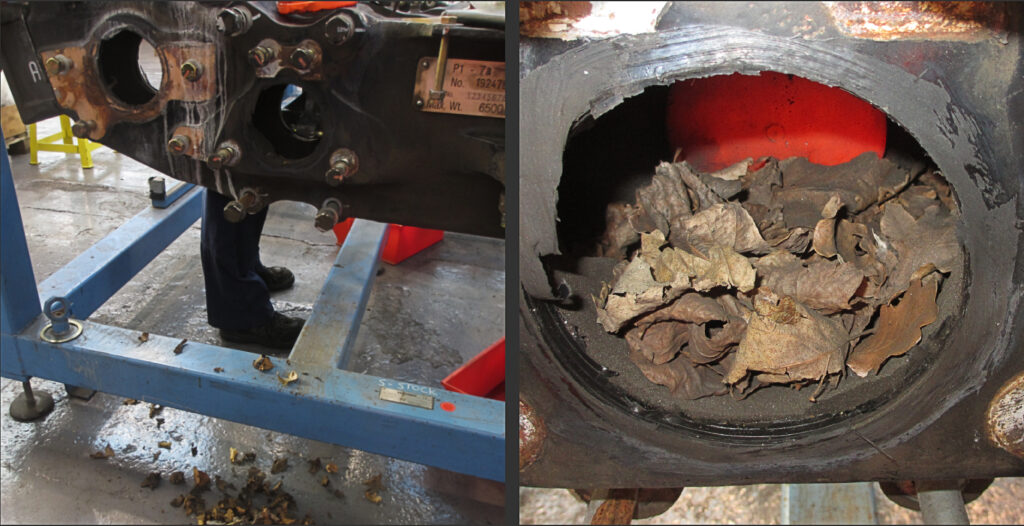
Data, data, everywhere
Each train supplier generally provides data using its own format. Paul Staples from TransPennine Express (TPE) explained that this applies to his four fleets. The Class 802 bi-mode uses Hitachi’s monitoring tool and the class 397 EMU and mark 5a coaches use CAF’s LeadMind. The oldest, the class 185 DMU, has an early Siemens data system able to transmit 110-character text messages; more flexible than one might expect, Paul said. For the class 185 system, TPE is upgrading with Siemens Railigent to provide extra features.
The four fleet’s systems all do similar jobs but require TPE engineers to interrogate different systems. In discussion, it was clear that Paul’s ambition is to have a common system for his team. In that context, Johannes Emmelheinz, CEO of Siemens Mobility Customer Services said that Railigent could accept and manage data from different suppliers’ trains using Application Programming Interfaces (APIs) to translate different formats.
Keith Mack, LNER’s quality standards manager reported on monitoring wheelsets. Failed wheels, axles, and bearings can and do cause derailments, and he highlighted methods to prevent such failures and also give early warning of impending failure so that vehicles can be scheduled for maintenance rather than being summarily stopped and recovered at low speed. LNER, jointly with GWR has been supporting its train service supplier, Hitachi, in fitting condition-based monitoring equipment to their Intercity Express Trains. This equipment will monitor the condition of wheels and all the bearings – wheel, gearbox and motor. In brief, vibration sensors monitor the wheels and bearings and transmit data wirelessly to a receiver on each vehicle. This data can be accessed on board and remotely. Very occasionally an on-board alert might recommend immediate action but usually the remote monitoring gives plenty of warning to help depots plan interventions. This equipment is supplied by Perpetuum, now owned by Hitachi and was described in previous articles.
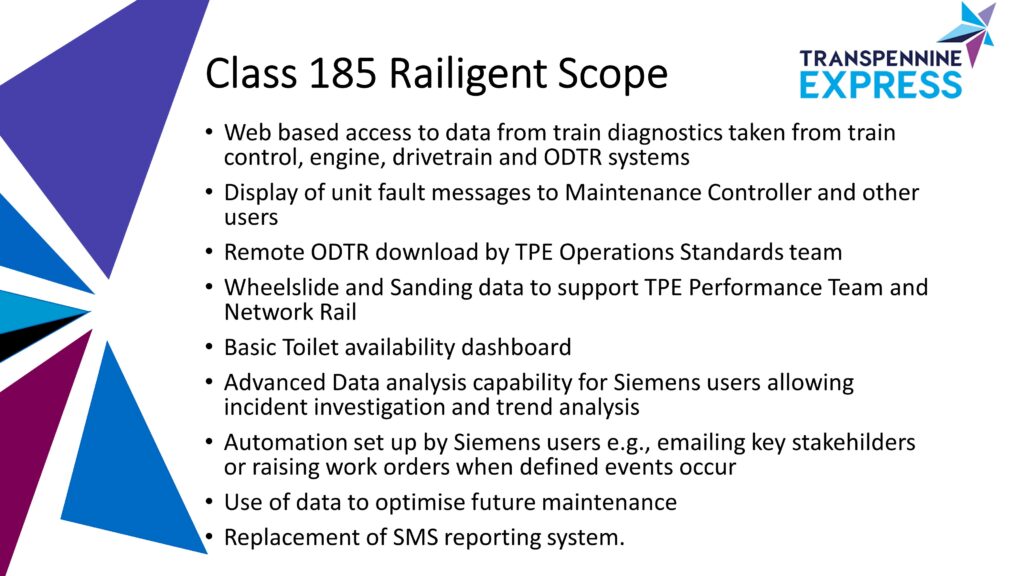
Inaugurating a new railway
In issue 202, Clive Kessell described the integrated control room for the Elizabeth Line. CPC Systems’ Phil Dubery outlined many of the challenges involved in managing reliability growth during trial running. Phil’s team have been based in the control room since May 2019, monitoring performance and identifying root causes of delays quickly so that the key suppliers, principally Alstom (trains), Siemens (signalling), and Knorr Bremse (platform screen doors), could develop fixes.
The diagram below shows how severe delays usually occurred in clusters and helped to identify obscure cross system issues that were being masked in train-by-train analysis. More feedback came from drivers on, for example, train performance, platform alignment, to help identify other operational and technical issues. Operator feedback assisted understanding and provided more detail for the investigations, leading to modifications to assets and process improvements.
This diagram covering typically 7 trains in service would not be easy to read when there are 50-plus trains in service and Phil described a CPC Systems development (page 39) that that shows a day’s performance on a page.
Phil’s colleague, Alex Barber described a different innovation. Alex, part of the control room team, would observe controllers struggling to locate all the drivers and when they needed to be relieved when there was disruption using several separate data sources. Alex developed a specification for software taking data from six sources and which presents: which driver is on which train, when each driver needs relief, and when the drivers’ duties end. The controllers liked it and suggested further improvements.
Train washing status was added (from wash road routing data). Alstom colleagues at Old Oak Common depot asked to be able to add maintenance requests – low, medium or high priority. Depot managers assign trains to duties and, if a train is due for maintenance that night, they will put it on a duty which returns to the depot in time for the night shift. But if there’s disruption, the train might be sent to stable elsewhere, and if the controller knows that the train is urgently needed for maintenance, different decisions might be made.
Phil concluded that modern rolling stock cannot be considered in isolation as there are too many interfaces to other systems. Stress testing the railway is essential to improve system robustness and reliability. Data is often available and can be made into better information by combining multiple data sources. Probably most importantly, good leadership, communication and teamwork is essential.
Artificial Intelligence – the next big thing?
With many speakers reflecting on the vast amount of data they’re storing, it was time for Henri Felsenstein and Felix Bert from Deutsche Bahn’s AI Factory to present some of the ‘baby steps’ they are taking to help them address DB’s challenges. To respond to rising passenger and cargo traffic, their AI factory has been set up to use their vast amount of data to automate processes and gain insights using AI solutions. The ‘factory’ name was applied because they decided straight away to apply structured processes from feasibility through to product. Their case study was a capacity and analysis tool. With many network upgrades being carried out, there was a need to provide alternative routes for services on what is already a busy network. They explained that often no one was aware of conflicts between construction sites affecting capacity, and data was viewed in isolation and regionally. This led to uncertainties in the early phases of timetable creation and lots of manual planning. The AI solution examined construction programmes, proposed closures, and timetable impacts, took account of capacity bottlenecks and recommended alternative routing for trains for humans to consider, and/or action to adjust construction programmes/possessions.
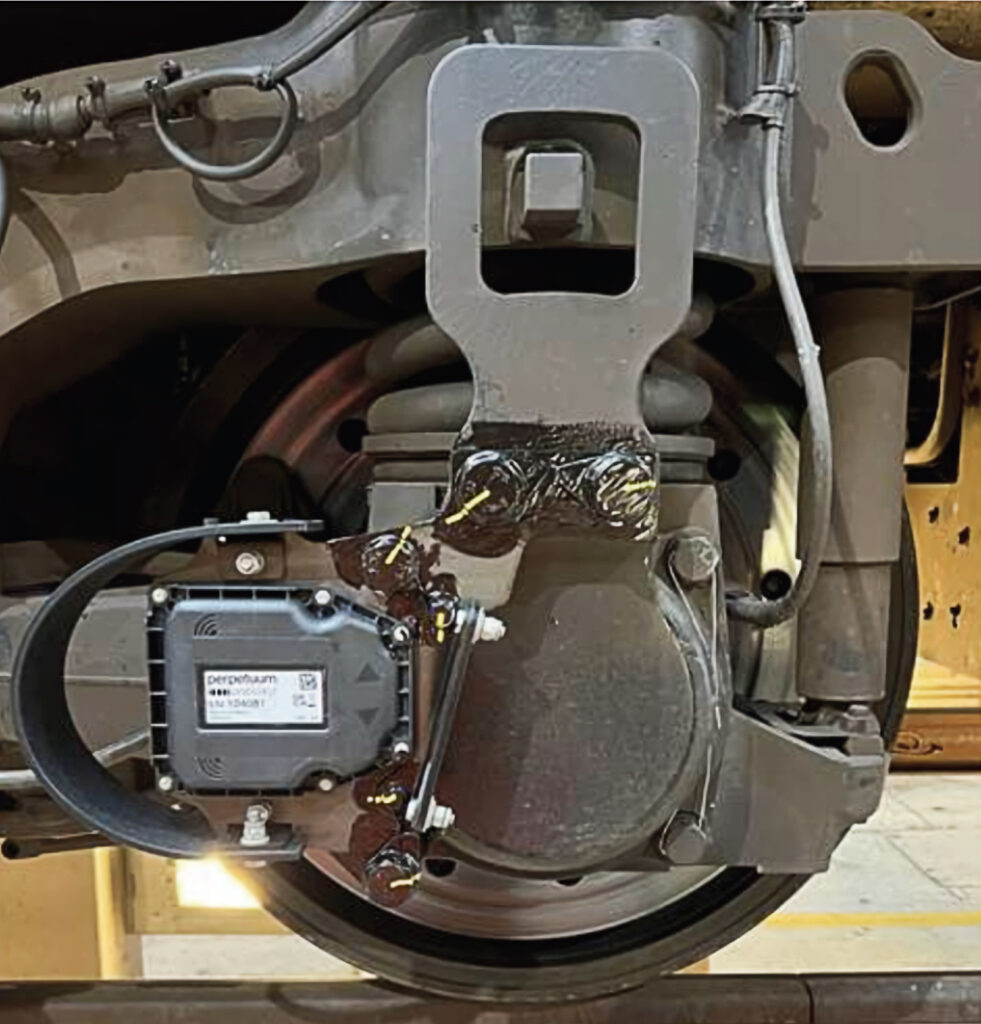
In these early steps with AI, there were useful results, and much was learned:
Intelligent use of data can tackle DB’s key challenges, helping to coordinate construction activities leading to better use of limited capacity.
Data availability/quality is key; data collection/cleansing are basic requirements for further AI developments.
Domain experts are the real data experts; data scientists must work with domain experts if a project is to succeed.
AI’s use should always be business driven, not because it’s AI.
Eighty percent success rate is not enough; to be accepted, you have to solve the last 20%.
Adam Bevan from the University of Huddersfield Institute of Rail Research reported on work to use machine learning to analyse very large amounts of data. The project used a year’s event data collected from a fleet of DMUs. There were over 1,200 individual files containing nearly 14.5 million records with 379 attributes. The task was to predict engine stop events (ESBT) aiming to alert control to a problem before engine stop events occur. Filtering was required, such as ignoring all messages except those referring to engine, gearbox, or vehicle, and only using events that occur during service operation.
Put simply, for each ESBT, data analysis looked back over the preceding three-hour time window to identify events that might be precursors. This technique was applied using Decision Tree and Random Forest machine learning techniques. The best model delivered accuracy in the range 83% to 88%. Large volumes of real-world data taken from a fleet of DMUs was processed to demonstrate how highly predictive machine learning models can be trained. Whilst the most frequently observed precursors might be obvious to diesel engine experts (low/overtemperature coolant, low level or pressure oil) a methodology capable of processing sparse event data was demonstrated. Imagine the potential when the technique is applied in real time.
Obsolescence
All modern electronic/software train systems suffer obsolescence. This might happen because of lack of supplier supports, there’s no one left who understands, parts are unobtainable, or technology has moved on. Joao Duarte from Fertagus, Portugal’s first private operator to manage and operate a railway, explained how they had overcome obsolescence issues on their 20-year-old fleet of 18, 4-car double deck EMUs.
The trains were fitted with a proprietary system to manage passenger information, and train monitoring etc. Their operation from Lisbon to the more southerly town of Setúbal, 57 minutes from Lisbon by train.
Fertagus needed to resolve component failure due to voltage/current spikes on inputs/outputs, extended repair times from the OEM, and lack of compatible components to make the repairs. It adopted the reverse engineering approach for its electronic/software systems working with local engineering companies eliminating all the weak points described above and providing additional features. It was obvious that Joao’s experience was shared by many delegates.

Depots and equipment
David Shirres’ article about the IMechE’s visit to Scandinavia (issue 202), showed Helsinki as a city that is expanding its public transport. Antti Vigelius, Helsinki City Transport’s head of rolling stock maintenance outlined the city’s plans to grow its tram depot facilities to support the larger fleet being provided to serve a new light rail line and several extensions. The biggest will be a new depot on a triangular site at Koskela, in the northeast of the city. This will provide more space and allow older depots unsuitable for modern trams to be closed. With a total cost of nearly €275 million, it will have 41,500 square metres of useable space in Phase 1 with another 8,200 square metres in Phase 2. The contract was placed in Spring 2023 and the depot is due for completion in 2028. Antti described the layout of what is a slightly challenging triangular site – but that’s all they had.
There will also be expansion at the Roihupelto depot adjacent to metro and bus depots in the east of the city. This depot is used to repair and overhaul repairable components such as bogies, wheelsets, gearboxes, door gear, brake callipers, compressors, pantographs, and electronic modules. The extension will be primarily used for bogies and Antti showed how 3D walkthroughs had been used to help optimise the design of the workflow. He also explained the importance to Finns of a feature not usually found in UK depots – saunas.
In all its designs, Helsinki City Transport has tried to use modular designs that might support future changes over the next 20-100 years. It also hopes there will be ‘adaptive infrastructure on technical and social areas’ supporting city development. It will, of course, have solar panels, water recycling, energy saving solutions such as automated ventilation, lights etc., so that the depots become more self-sufficient.
In two presentations, Professor Dr Fiona Zhang and Felix Guo from DTEC GmbH introduced their robotic vision and wayside vision gate solutions that can automate what are otherwise labour-intensive inspection jobs. They explained how cameras fitted around a gantry over the trains can scan the vehicles. Felix cited 20 such installations on high-speed lines, 40 in metros, and 50 for locomotives. They are also developing a slim, mobile, camera unit which fits in the ballast track bed and can travel under a rake of coaches or wagons to examine their undersides in parking yard sidings.
Felix showed examples of information presented to operators; photos of actual or suspected defects such as bolts missing, or damage for maintenance, which managers can confirm or deny. They have a generic machine learning algorithm which covers about 70% of the features typically encountered on a train and various degrees of customisation, helping the system recognise a component type it has never seen before, and can take the accuracy to 100%. This helps the development task when the system is deployed on a new fleet.
People and process
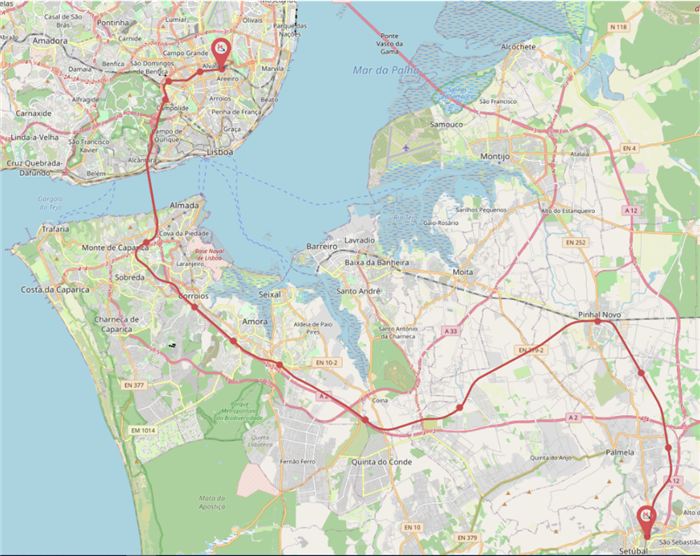
Pip Stone, training strategy and development manager at Eurostar, described Eurostar’s approach to helping maintenance engineers diagnose and rectify faults efficiently and effectively. This requires expertise in technical systems and data driven production processes, with the objective of improving availability and reliability, whilst reducing cost. He said that traditional training priorities such as compliance with standards might come before focussing on what is actually required, and, having been trained, the trainee emerges with the required (not desired or best) competence. Pip outlined Eurostar’s new approach, giving staff the knowledge to determine root cause and then plan the action necessary. When using data, the train usually tells you what’s wrong, and staff should be able to pinpoint defects leading to ‘fix first time every time’. For this to work, training needs to be carried out in quite a different way, with a great deal of emphasis on self-learning.
But just dumping a huge amount of data on a technician is a hindrance. Rules (software/human) need to be used to turn data into useful information and can then be used to establish location and cause of the fault (train or track). It is also possible that a system might be malfunctioning because of a fault on another system.
Pip’s colleague Pat McNamara turned to skill shortage and motivation. Unlike the UK’s national railways, Eurostar received no government support during the Covid lockdowns and service was reduced to just two return trips a day. Eurostar worked closely with trades unions making agreements allowing them to respond rapidly to the situation and implement radical solutions including: fair application of furlough, reduction of hours and pay, staff working one week in eight, reforming teams to ensure availability of skills with limited staff, and agreeing no permanent erosion of terms and conditions.
Pat confirmed that pre-Covid team structures and terms and conditions have been restored, whilst there has been a pay deal and additional annual leave for long service. Improving morale and performance was, Pat said, vital to the Eurostar family (merged Eurostar and Thalys) as the business grows. For the maintenance organisation, growth means improving availability from 70% to 80% by reducing the number of sets stopped for maintenance during the day at Temple Mills depot, from seven to five. A culture of continuous improvement is being fostered by a mixture of technology, such as depot Wi-Fi, tablets to access documentation and provide reports, and better tools.
Govia Thameslink’s Neil O’ Connor discussed the challenges that had to be managed because of the significant changes in demand following the Covid pandemic. Business and commuter travel has significantly reduced, and leisure travel has increased. Whilst overall passenger numbers are approximately back to pre-Covid levels, revenue is only 70% of the former sum. Fleet mileage has been falling and DfT has been seeking cost reduction. GTR has eliminated the classes 313, 365, and 455 – a reduction in fleet size from circa 2,800 to 2,500 vehicles. With all these changes, the mileage per vehicle has actually increased.
Neil described the impact of eliminating the older trains on some of the maintenance staff who have never worked on anything else. He explained that workload is increasing, (more overhauls, corrosion repairs, further reliability improvement). This means that jobs are secure. Indeed, there are vacancies, and staff can be retrained to work on the more modern Electrostar trains.
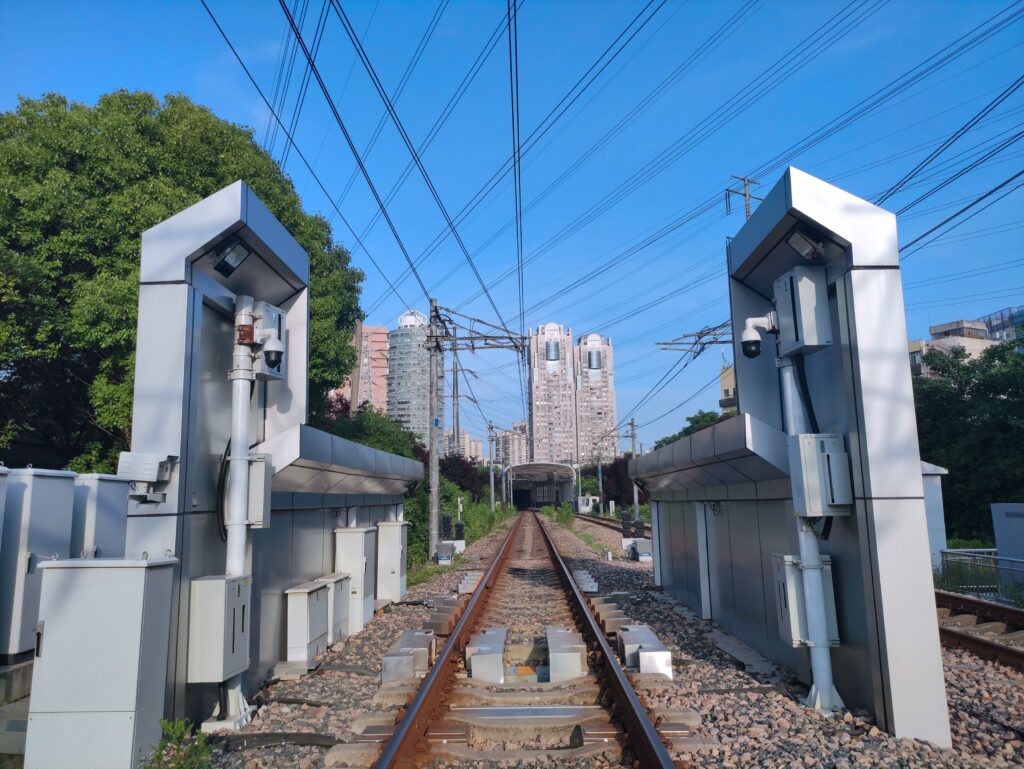
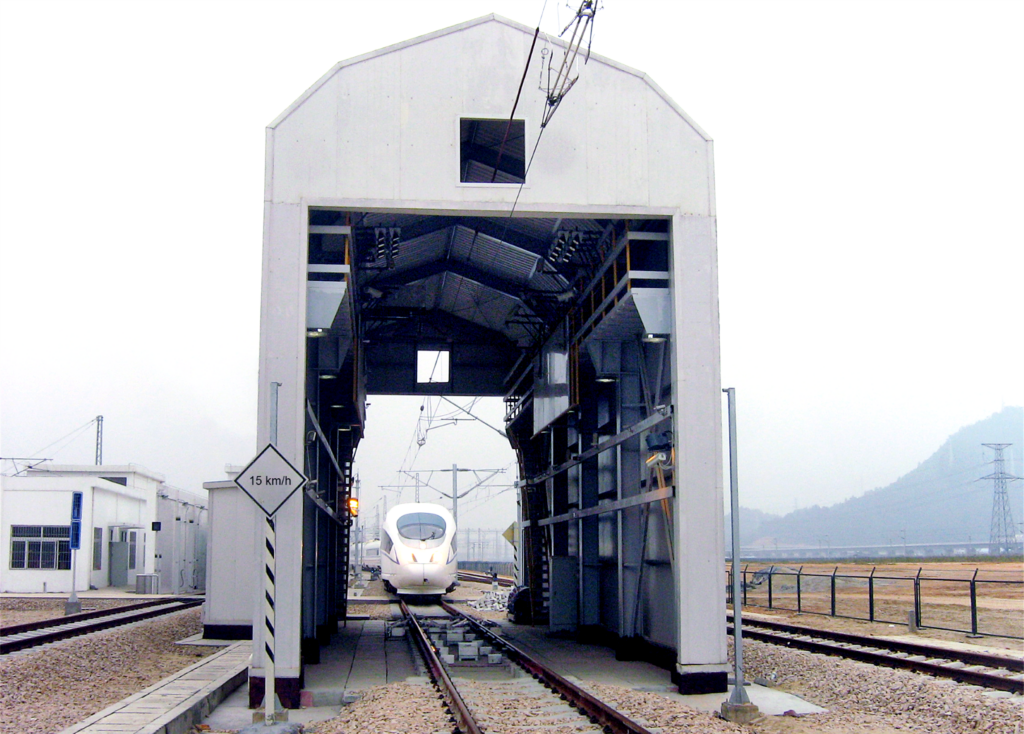
People power
The final presentation summed up the vital ingredient in all train maintenance activities – people. Jared Hoag, a native of California, is the manager of Aberdeen Clayhills, London NorthEastern Railway’s only depot. With 49 staff, it carries out servicing work on LNER/Hitachi class 800s, ScotRail HSTs and classes 158 and 170, and for Caledonian Sleeper. Jared emphasised the importance of working safely with a learning, just culture that helps keep everyone safe whilst delivering trains required for service.
Whilst Jared emphasised safety, it was clear that his attitude to safety applied to his management style which was one of mutual respect and engagement whilst using data to improve continually. As he put it “no changes are permanent, but change is”. Believe it or not he had used the experience of the Van Halen rock group and their requirement for a bowl of M&Ms in their dressing room, with a clear instruction that there should be no brown ones. This was the group’s simple test of whether a concert promoter, responsible for setting up vast quantities of lighting, sound, and other potentially hazardous kit, was exercising competent attention to detail – something just as relevant in rolling stock maintenance.
Reflecting on the conference, your writer found it was different from previous events, mainly because there were fewer in-person attendees, complemented by a large on-line audience. In some ways this helped the networking between the sessions, but it’s clear that shared experiences lead to improved rolling stock maintenance.
Thanks to Jane Thomas and Meghna Mohanka from London Business Conferences Group. Anyone interested in the Van Halen anecdote can see more here.

